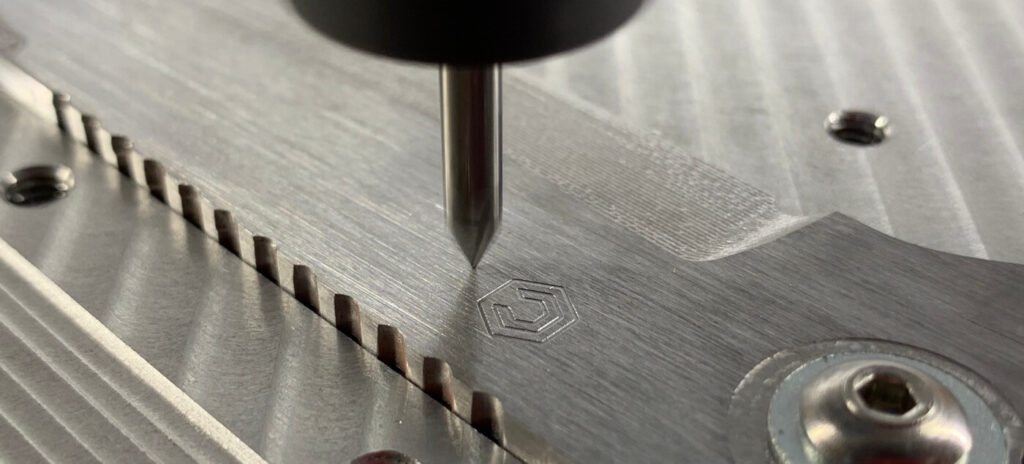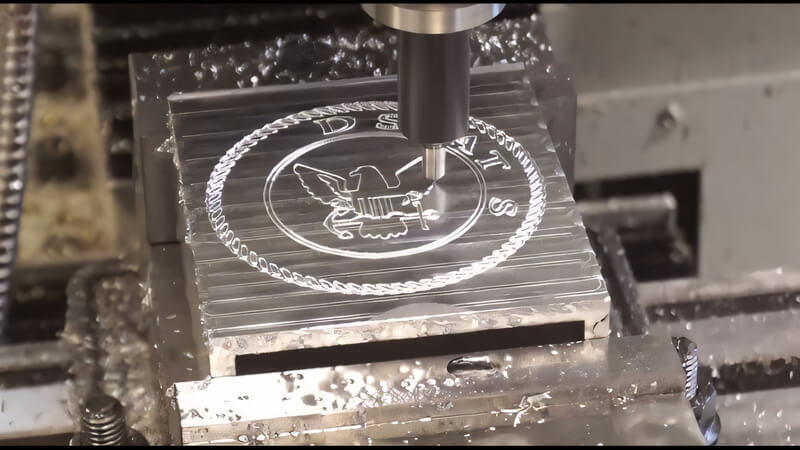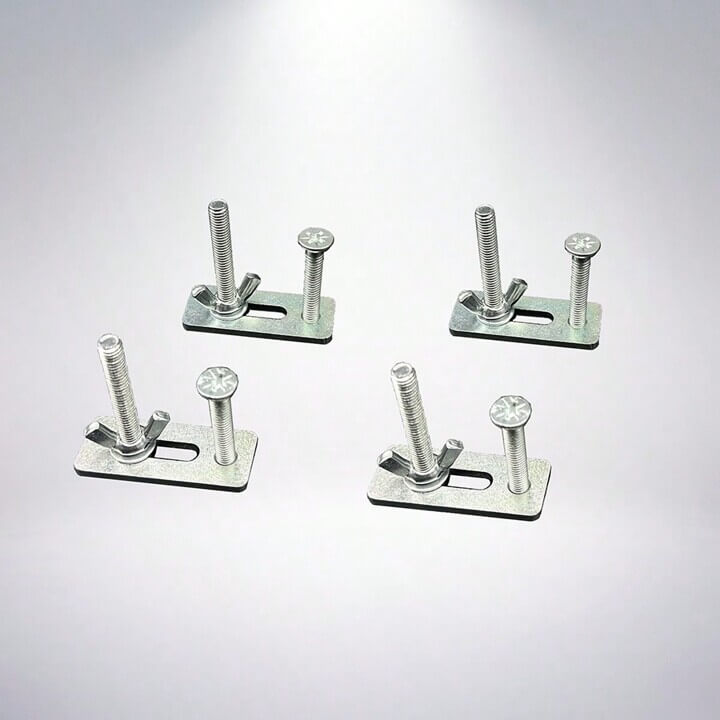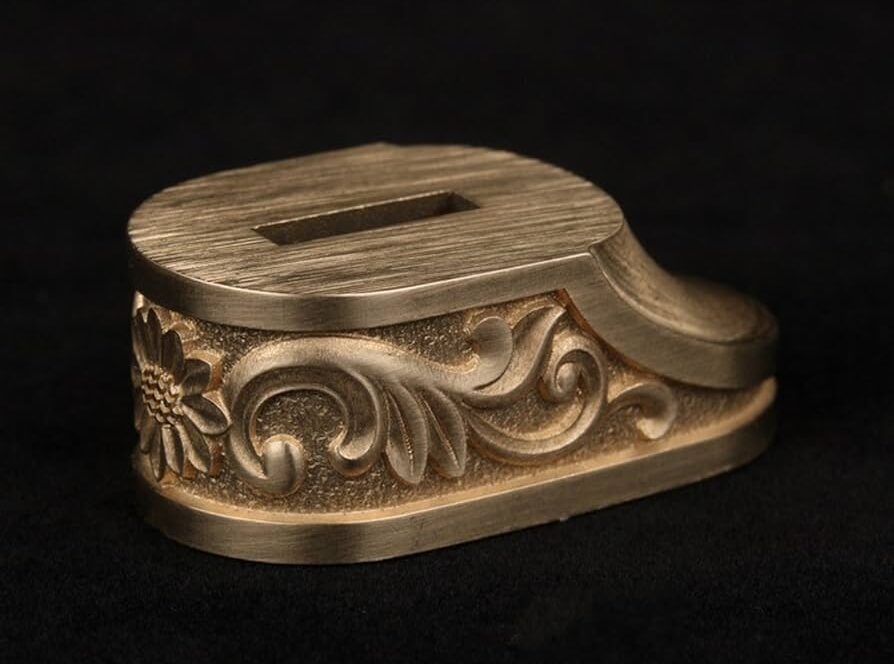A quick guide to CNC engraving: types and benefits
CNC engraving, also known as computer numerical control engraving, is a modern technology that uses computer-controlled machines to create complex designs and patterns on a variety of materials. This method has gained popularity in recent years for its precision, efficiency, and versatility.
In this article, we will provide a quick guide to the process, its different types, and the advantages they offer for different applications.
1.Introduction to CNC Engraving
CNC engraving involves using a computer program to control the movement of a cutting tool, such as a rotating drill or laser, to etch or engrave patterns on the surface of a material. This technology has revolutionized the engraving industry, allowing people to easily create more complex and detailed designs.

2.Types of CNC Engraving
There are many types of engraving machines available on the market, each with its own unique features and capabilities. The most common types include rotary engravers, laser engravers, and milling machines. Rotary engravers use a rotating cutting tool to remove material and create patterns.
Laser engravers, on the other hand, use a high-powered laser beam to evaporate or melt the surface of a material, leaving a permanent mark. Milling machines (also known as CNC routers) use a rotating cutting tool to remove material in a controlled manner, creating three-dimensional patterns.

3.Advantages of CNC Engraving
1) Precision
Computer-controlled machines can follow complex design patterns with extreme precision, ensuring that the final product is of high quality and meets the required specifications. This level of precision is particularly important in industries such as jewelry manufacturing, where intricate designs and fine details are essential.
2) Efficiency
The automated nature of the process reduces production time compared to traditional engraving methods. Because once the design is programmed into the computer, the machine can work continuously 24 hours a day without constant human supervision. This not only saves time, but also reduces labor costs, making engraving a cost-effective solution for businesses.

4.Material Choices for CNC Engraving
Whether it is metal, wood, plastic or glass, engraving machines can handle a variety of materials, opening up endless possibilities for creativity and customization. This versatility makes engraving suitable for a wide range of applications, from creating personalized gifts and signs to producing complex parts for industrial use.
In addition, engraving can easily replicate designs. Once a design is programmed into the computer, it can be replicated multiple times with consistent precision. This is particularly useful for businesses that need to produce engraved products in large quantities, as it ensures consistency and saves time.
In conclusion, CNC engraving is a modern technology that offers high precision, efficiency, and versatility. With its many types of machines and ability to process different materials, engraving has become a popular choice for businesses and individuals looking to create complex and custom designs. Whether for personal or industrial use, engraving offers a fast and reliable solution for all engraving needs.
